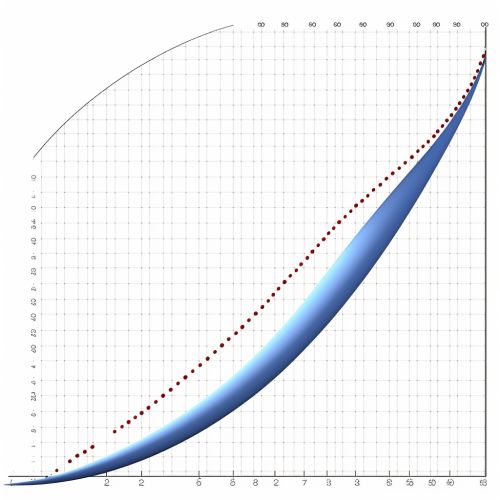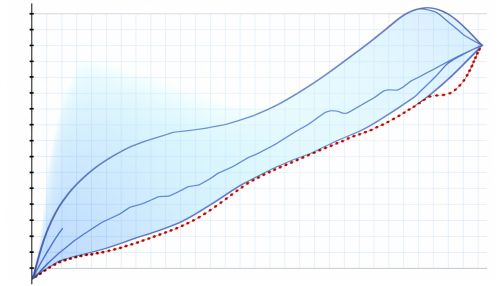Logistic function
Introduction
The logistic function, also known as the sigmoid function, is a mathematical function with various applications in fields such as statistics, machine learning, and artificial intelligence. It is a type of function that transforms any real-valued number into a value between 0 and 1, making it particularly useful in situations where a probability is required.


Mathematical Definition
The logistic function is mathematically defined by the equation:
f(x) = L / (1 + e^(-k(x-x0)))
where: - 'L' is the maximum value the function can take (also known as the curve's maximum capacity), - 'e' is the base of the natural logarithm, - 'k' is the steepness of the curve, and - 'x0' is the x-value of the sigmoid's midpoint.
Properties
The logistic function has several important properties that make it useful in various applications. These include:
S-Shaped Curve
The logistic function is characterized by an "S"-shaped curve, also known as a sigmoid curve. This curve starts at a minimum value, increases gradually, then steeply, and finally levels off at a maximum value. This shape is symmetric around its midpoint.
Boundedness
The logistic function is bounded between 0 and 'L'. This means that no matter what value 'x' takes, the output of the function will always be between 0 and 'L'. This property is particularly useful in applications that require a probability, as probabilities must be between 0 and 1.
Derivative
The derivative of the logistic function can be expressed in terms of the function itself. This property is useful in mathematical analysis and applications such as machine learning, where the derivative of the function is often required.
Applications
The logistic function has a wide range of applications in various fields.
Statistics
In statistics, the logistic function is often used in logistic regression, a type of regression analysis used for predicting the probability of a binary outcome. The output of the logistic function, being between 0 and 1, can be interpreted as a probability, making it suitable for this type of analysis.
Machine Learning
In machine learning, the logistic function is used as an activation function in artificial neural networks. The function's ability to transform any input into a value between 0 and 1 makes it ideal for this purpose, as it can be used to represent probabilities, which are often required in machine learning algorithms.
Artificial Intelligence
In artificial intelligence, the logistic function is used in algorithms for binary classification, where an input is classified into one of two possible categories. The output of the logistic function can be interpreted as the probability of the input belonging to one of the categories, making it suitable for this type of task.
See Also
- Sigmoid function - Logistic regression - Activation function - Artificial neural networks - Binary classification
